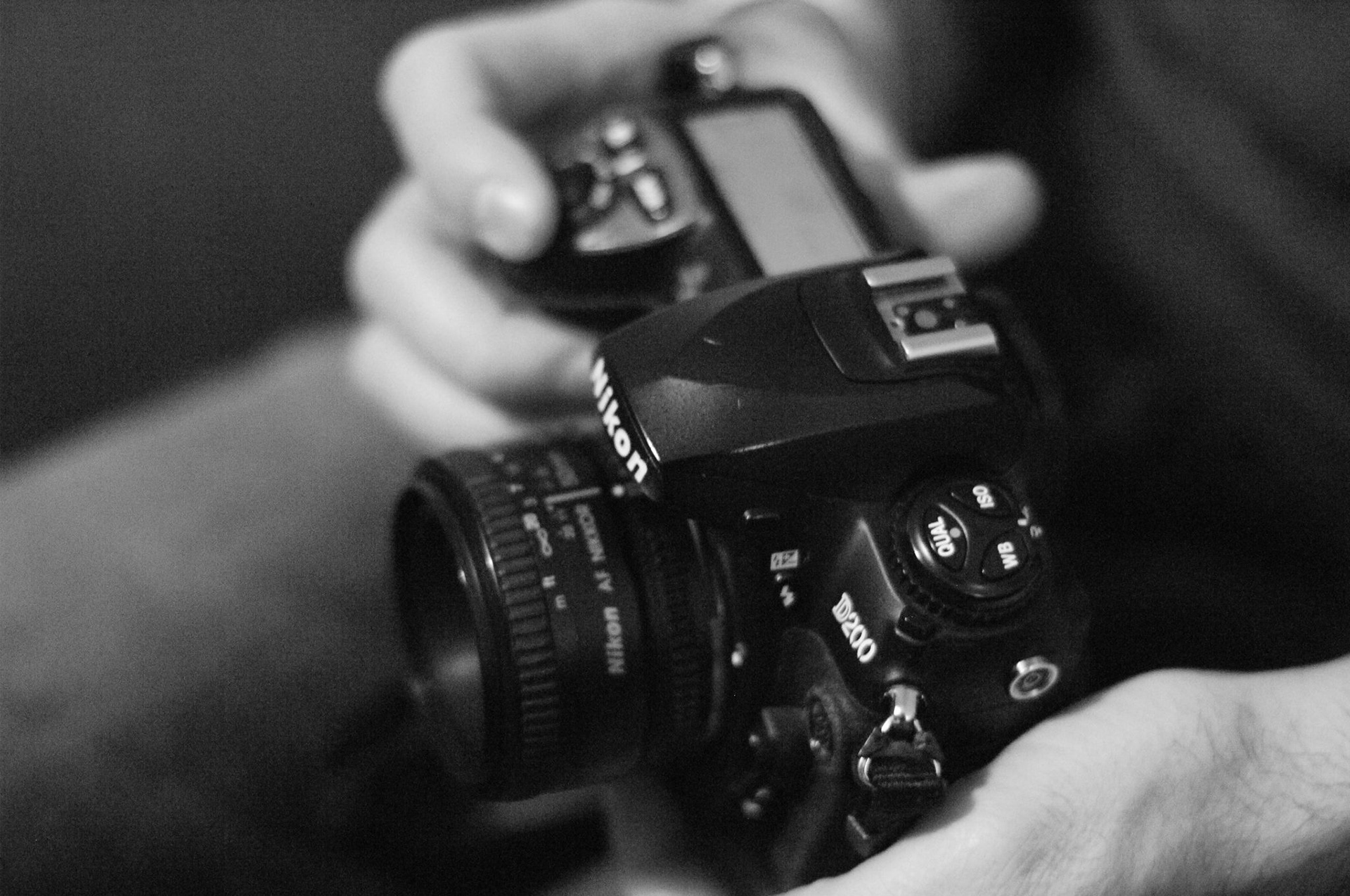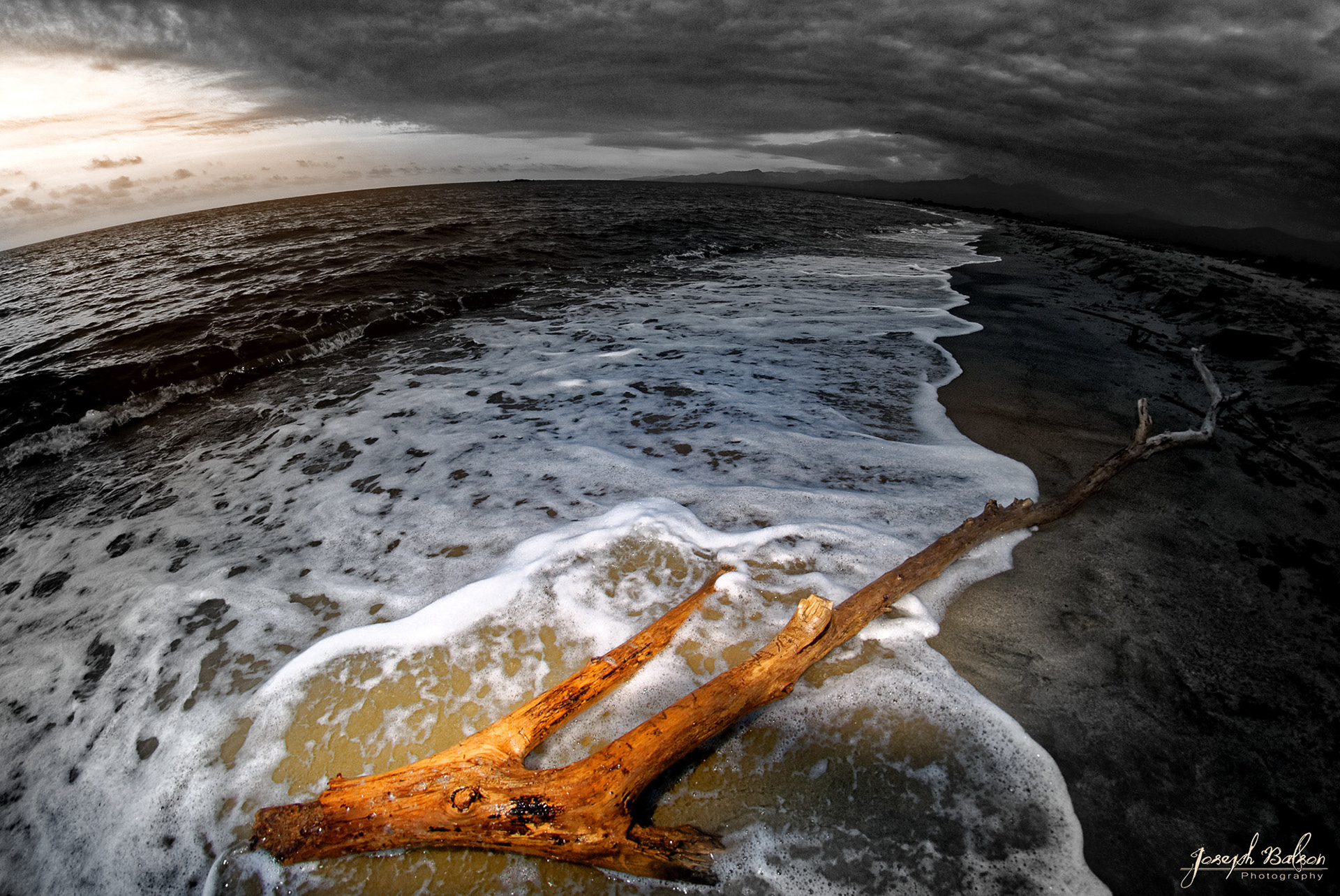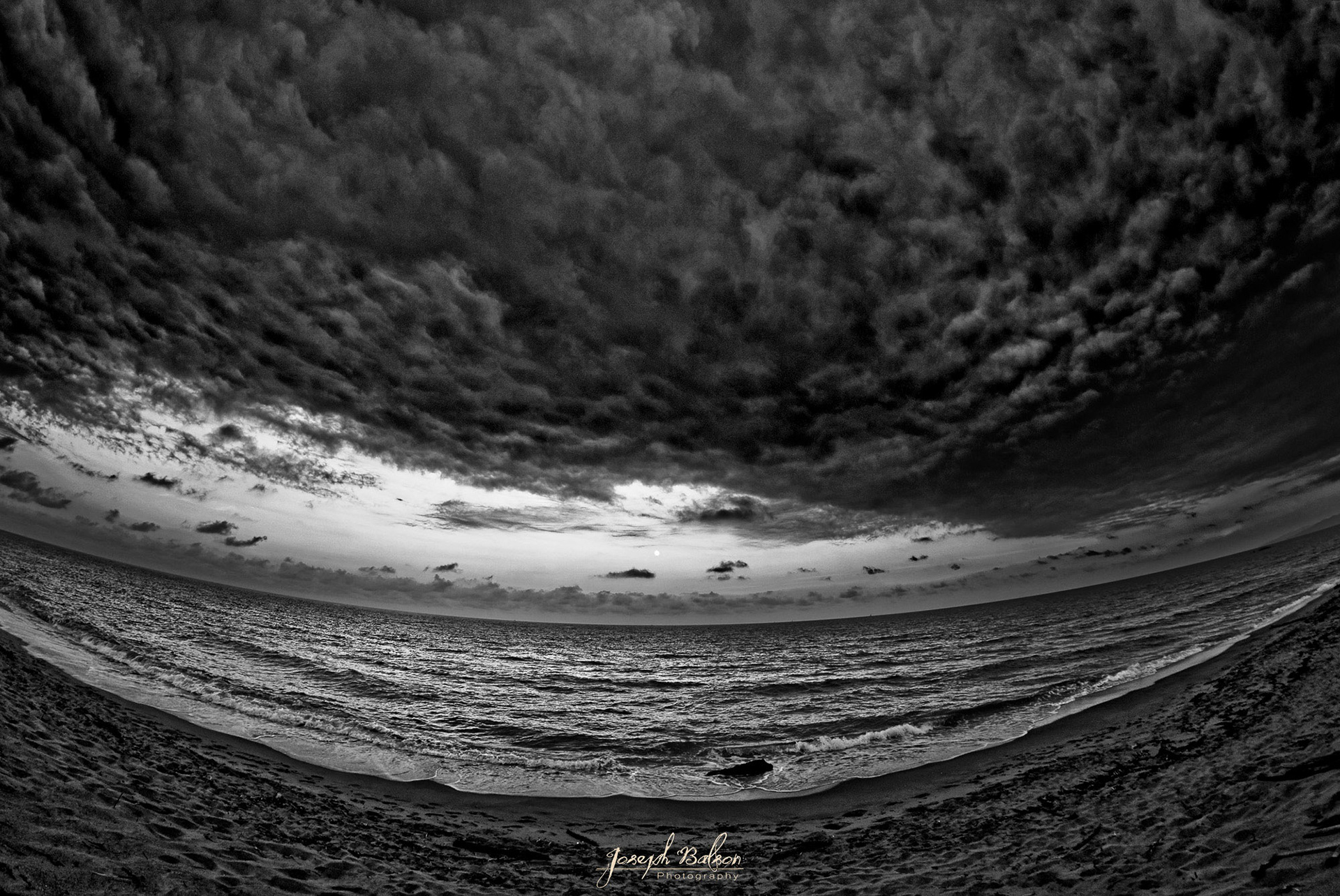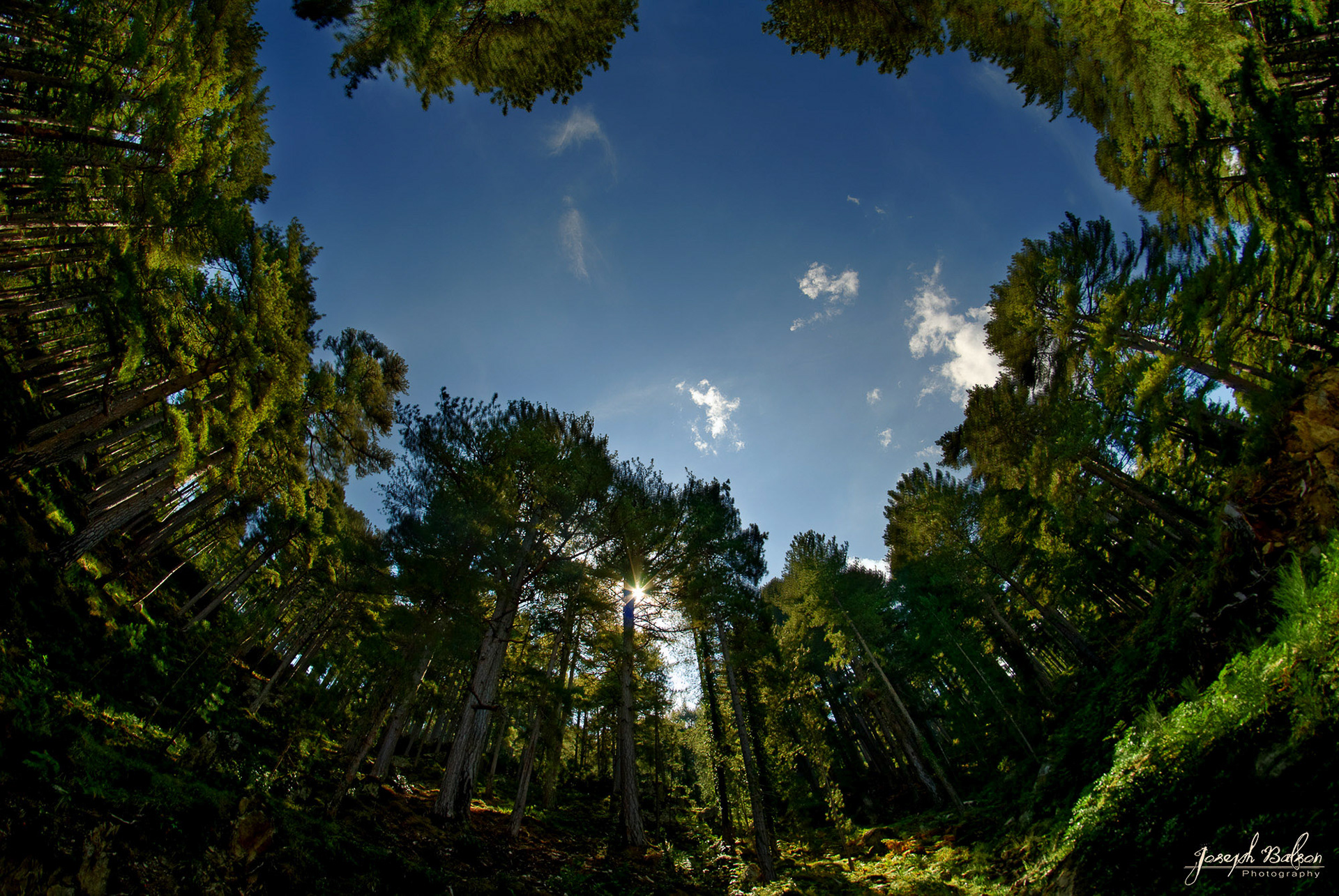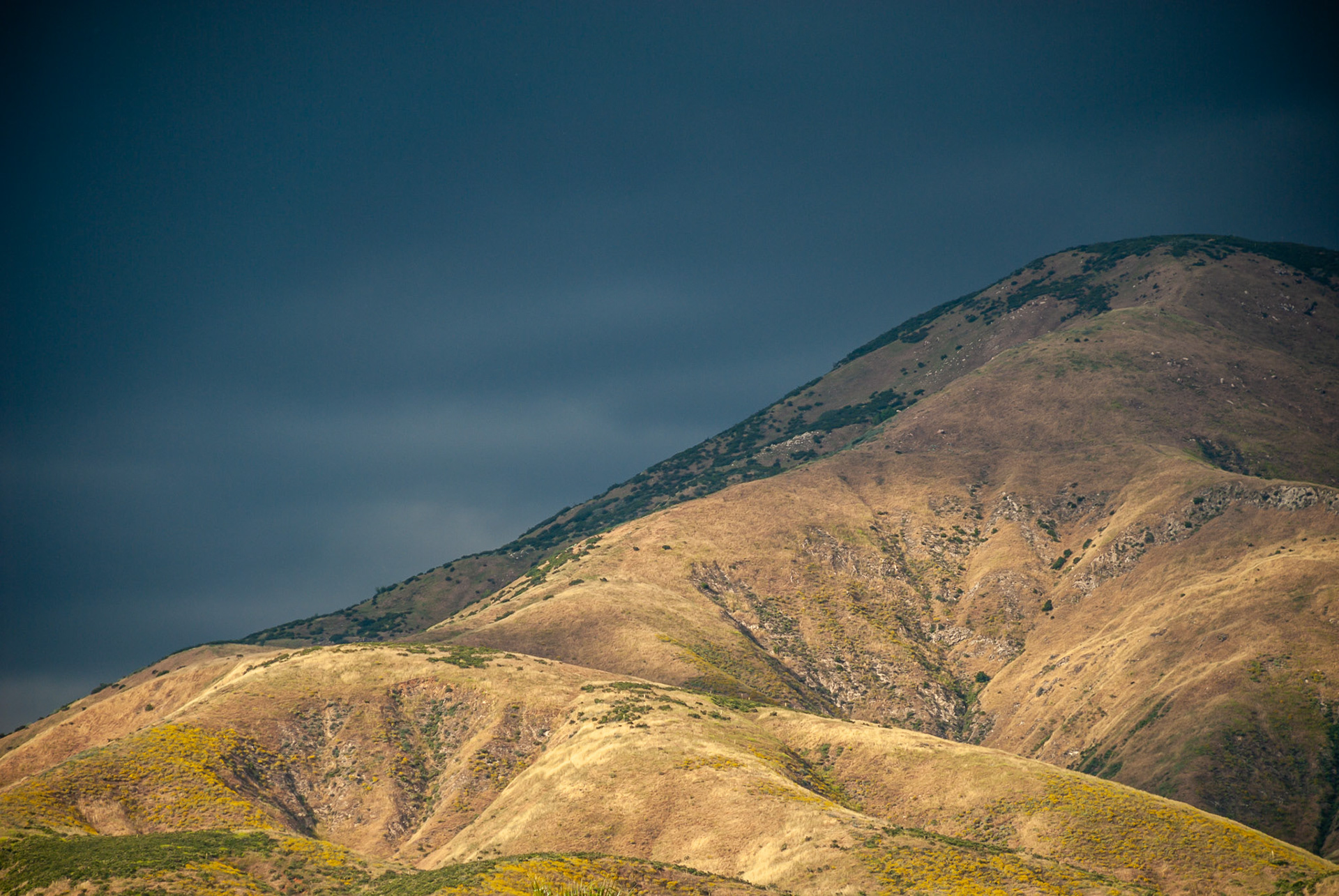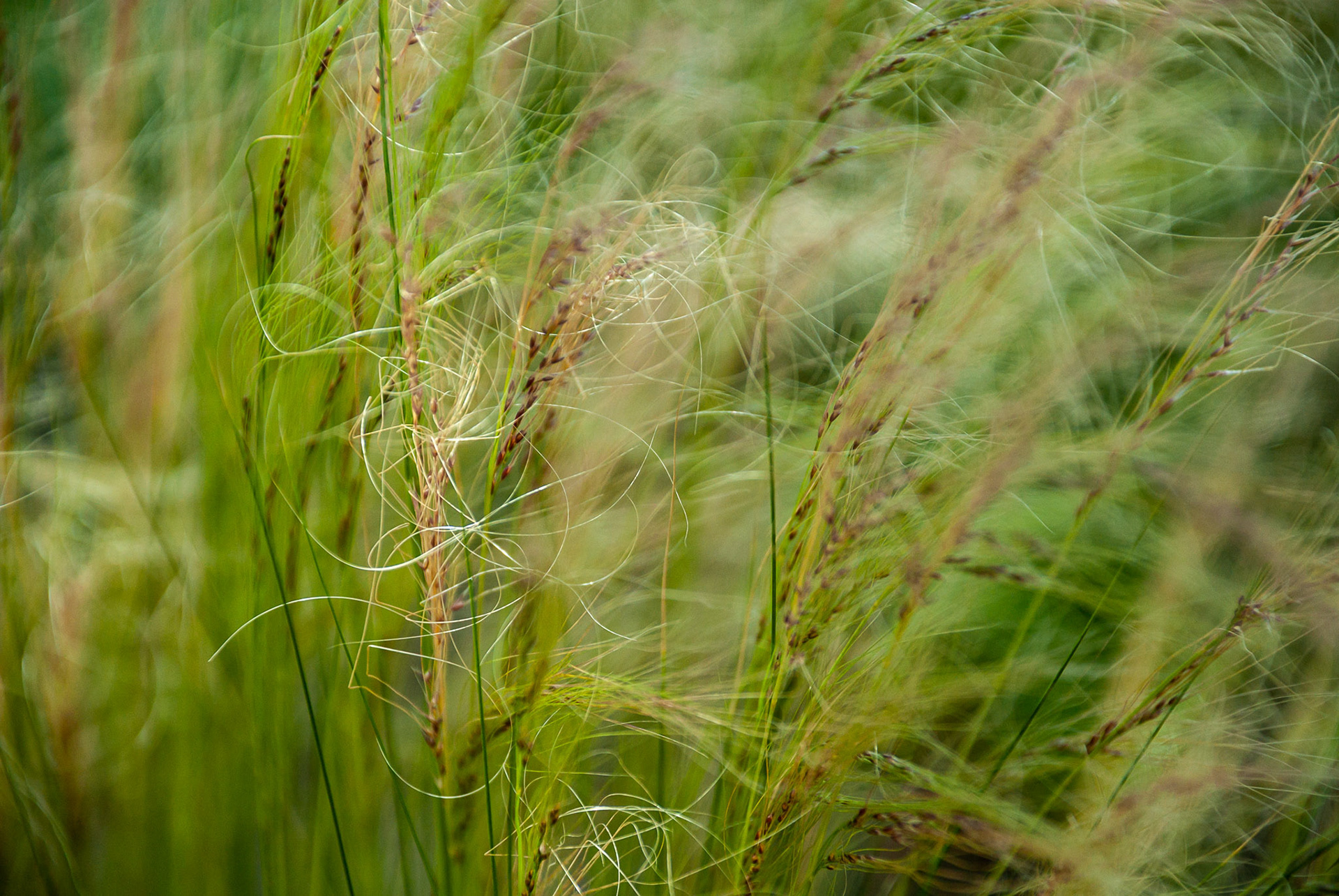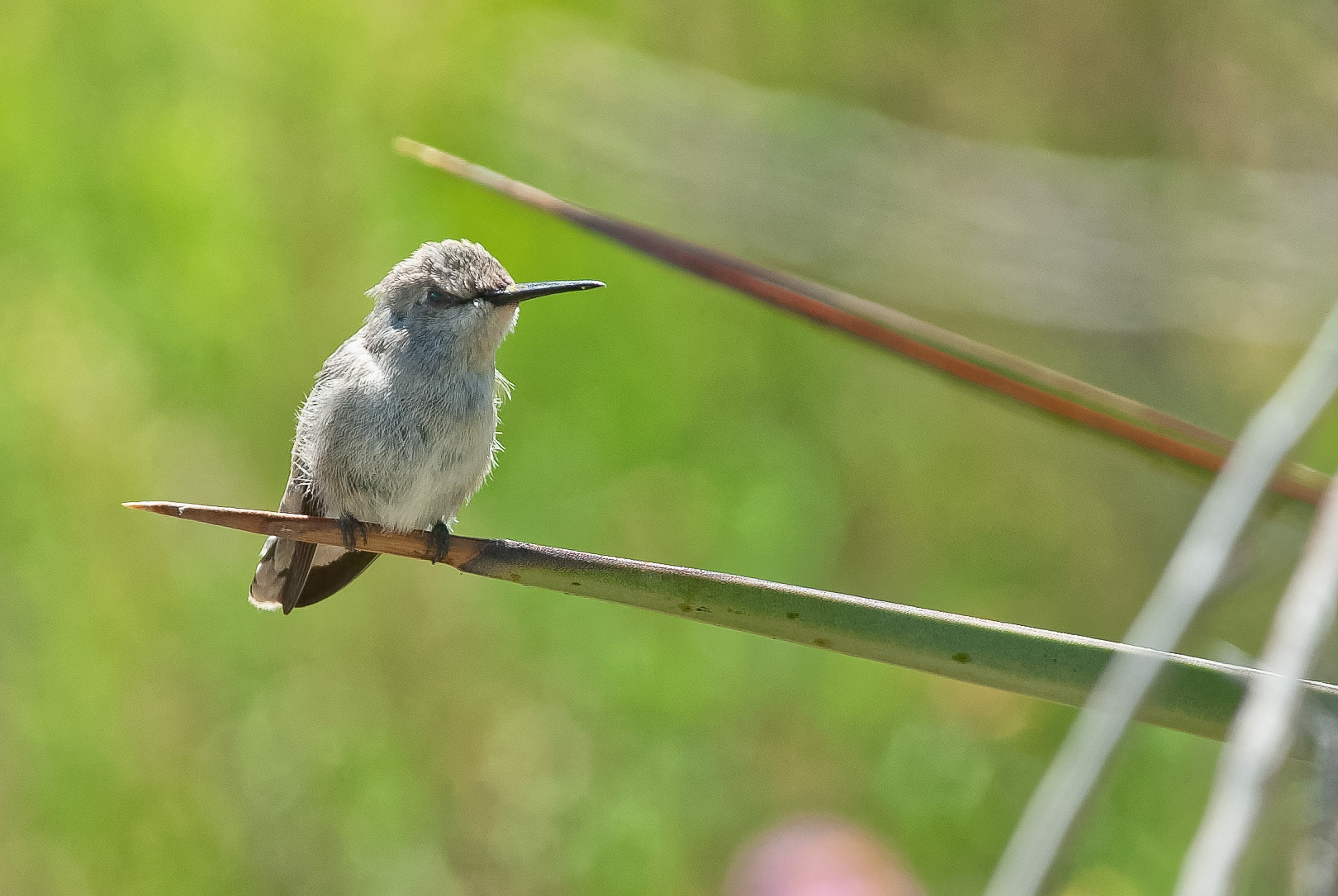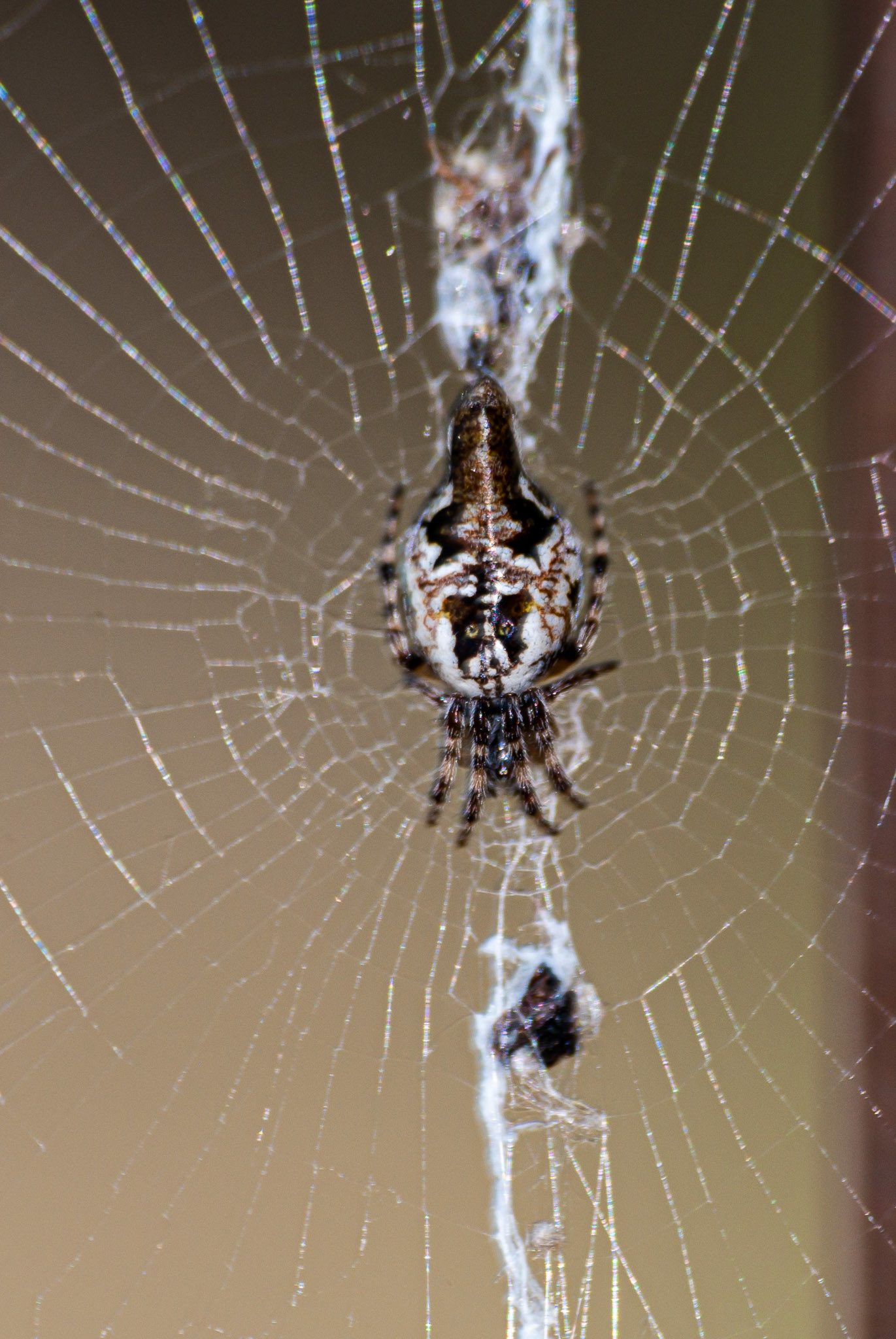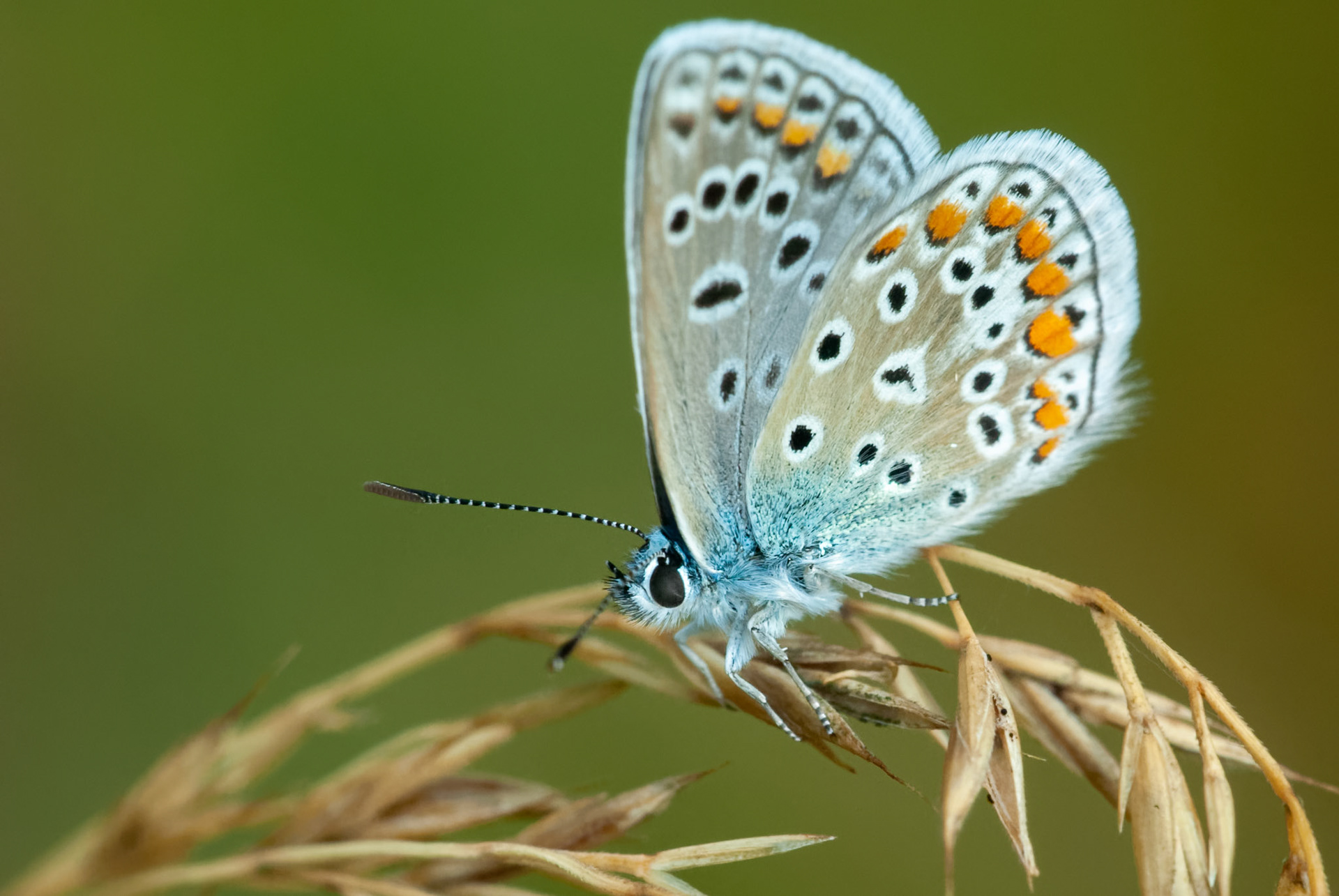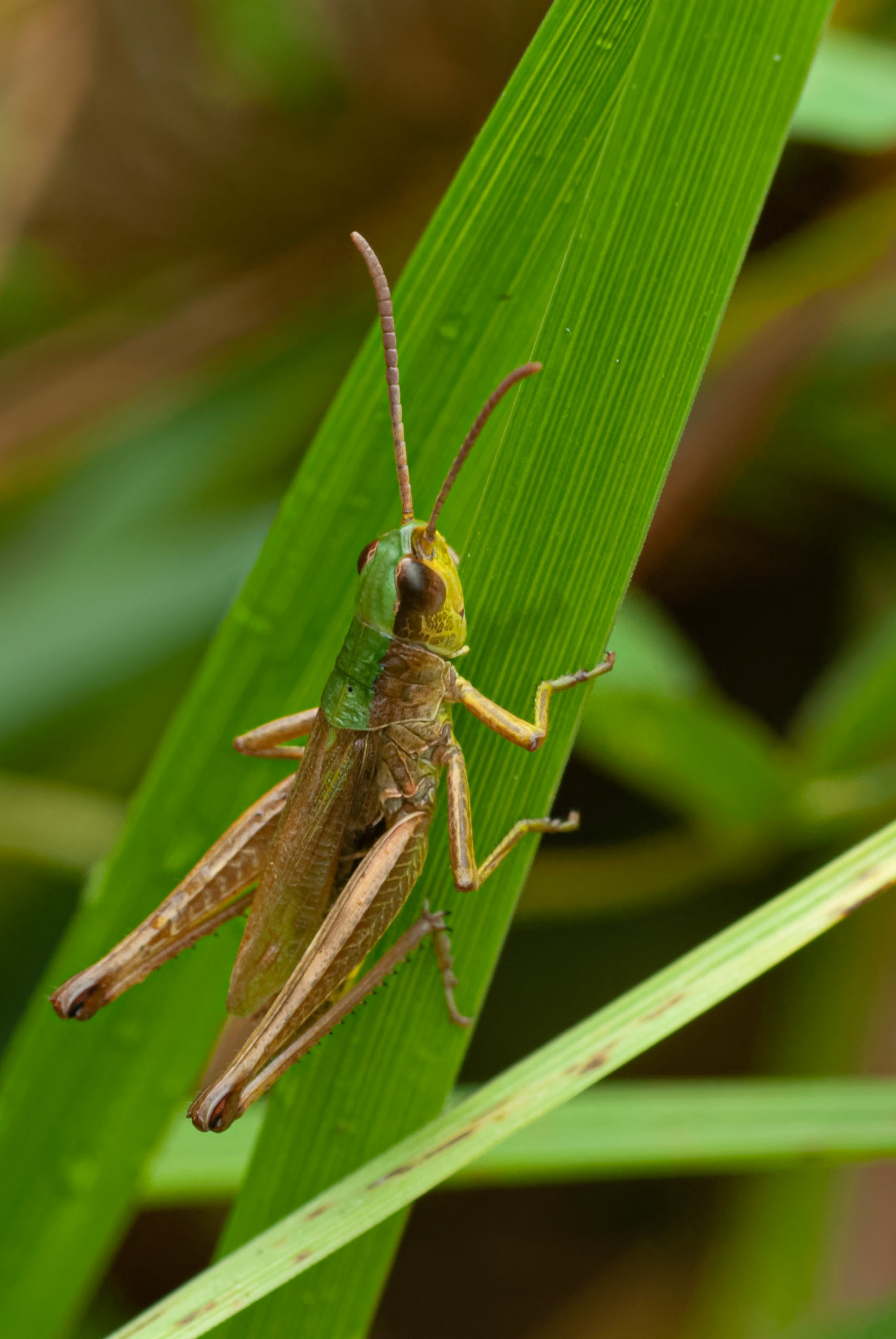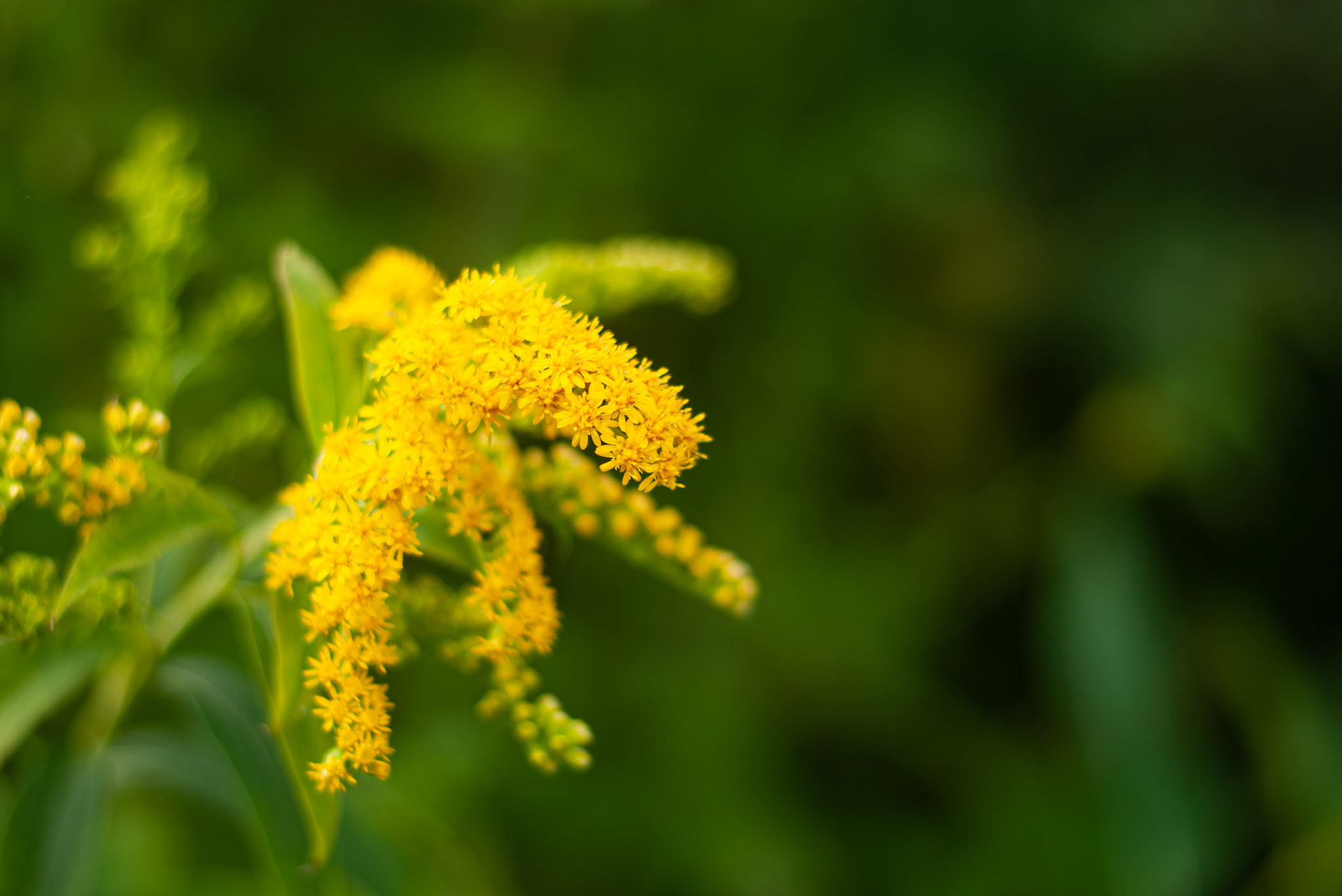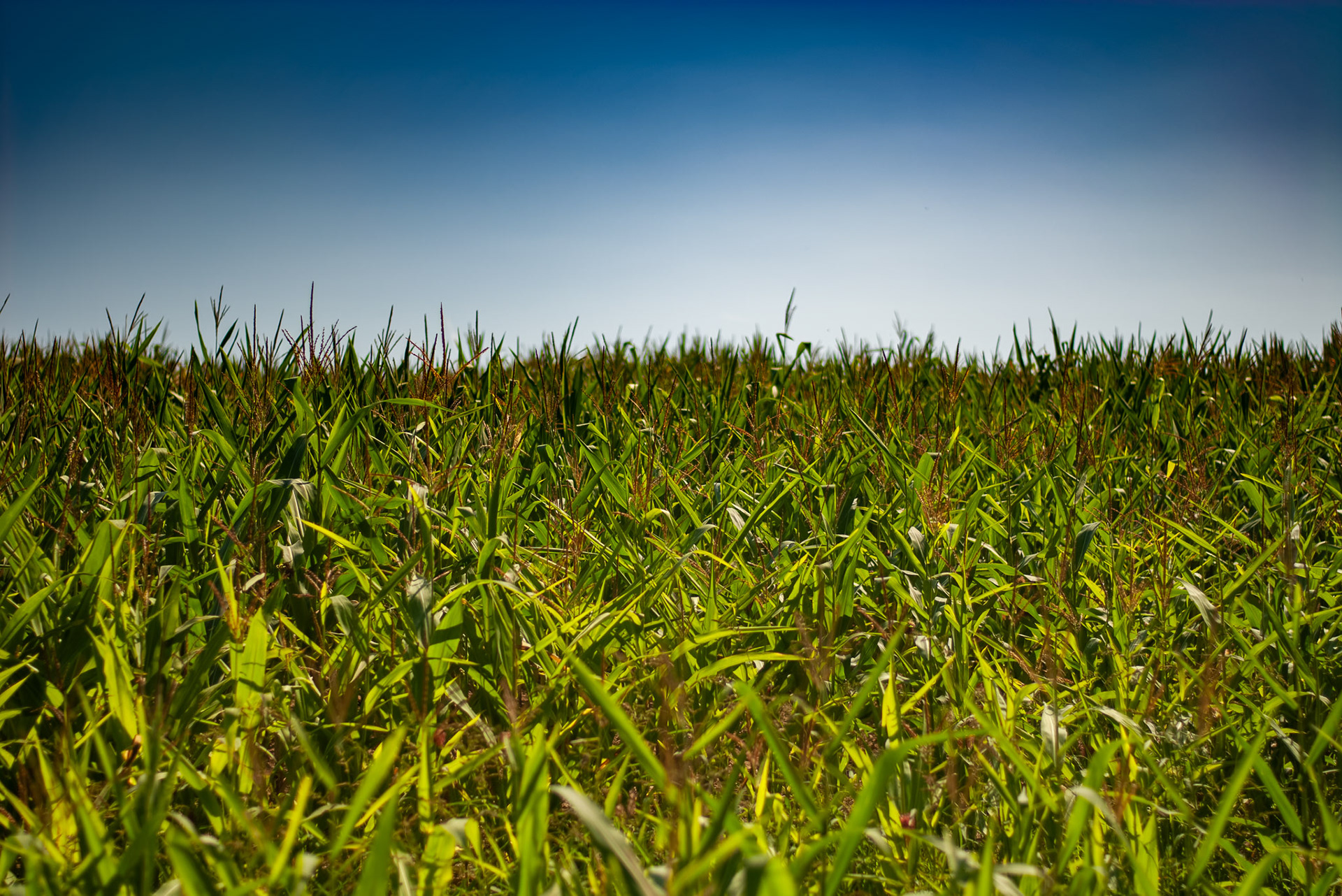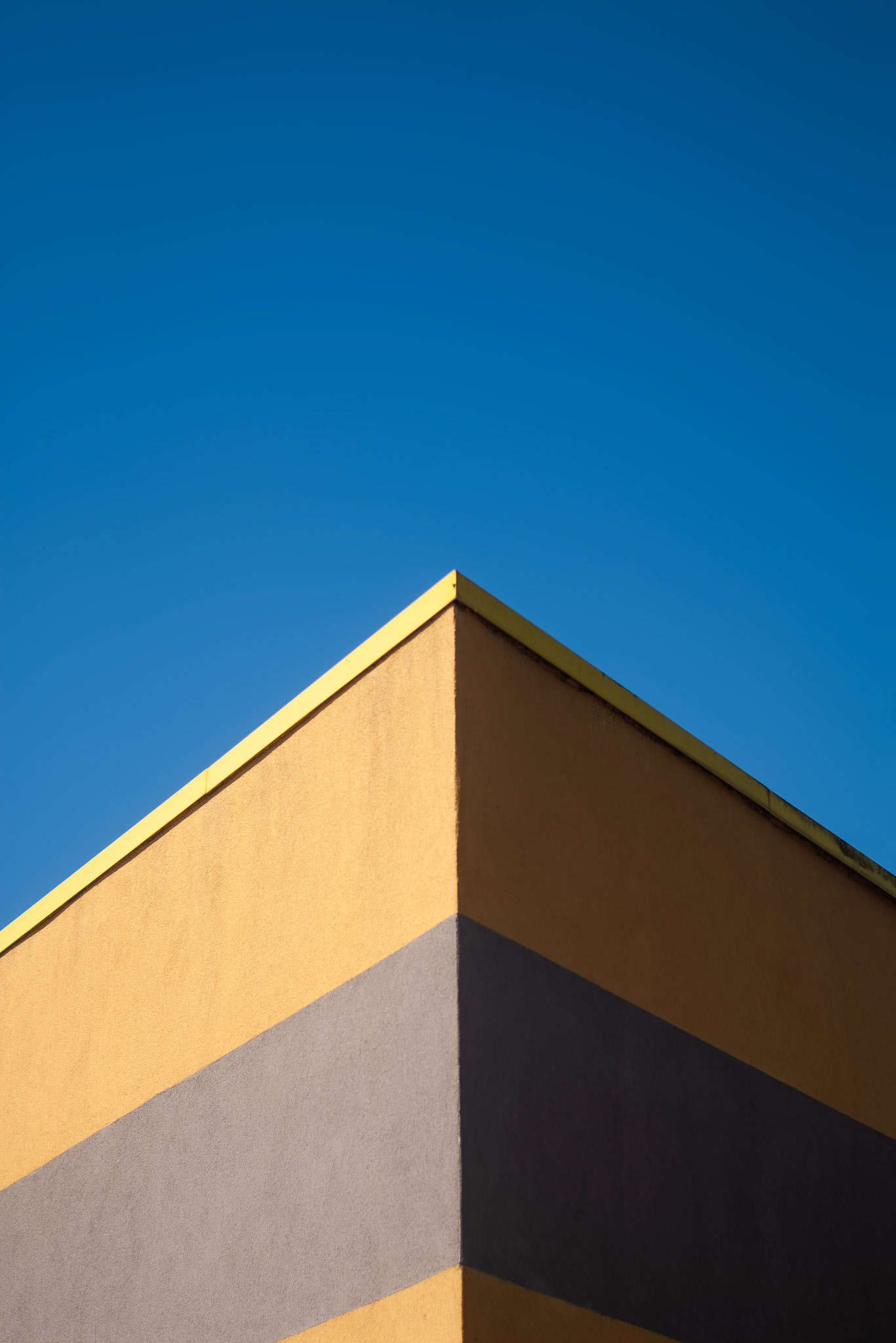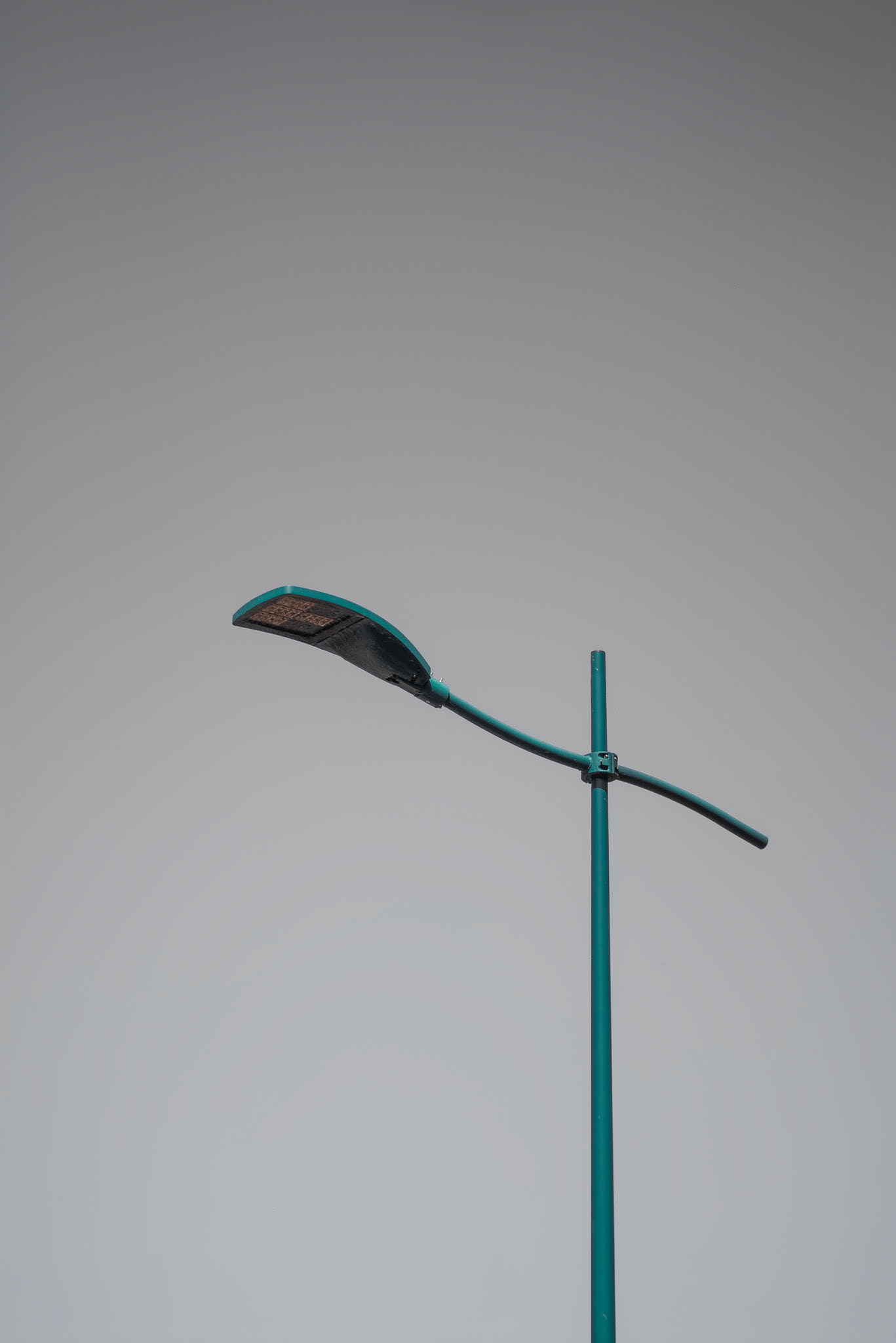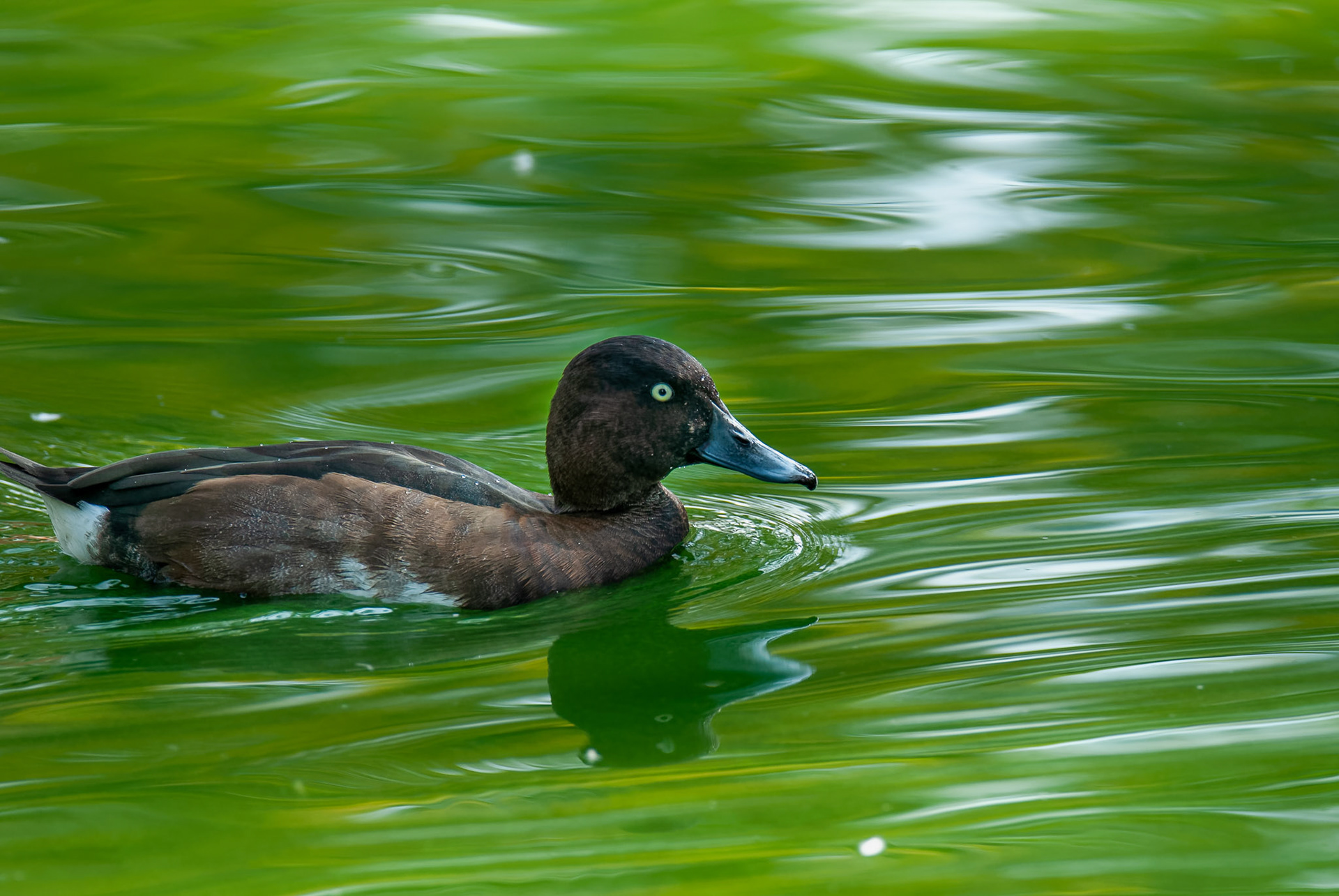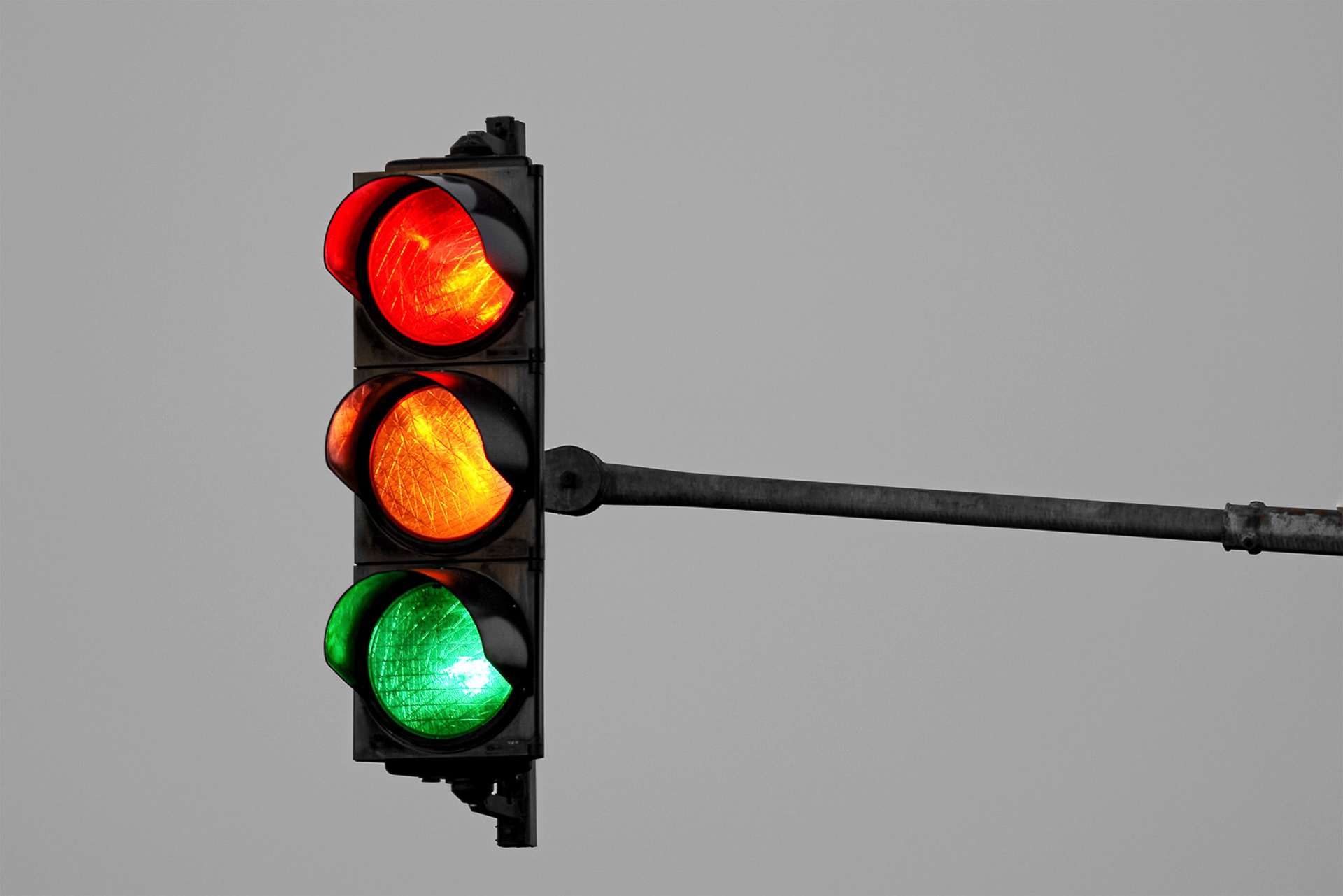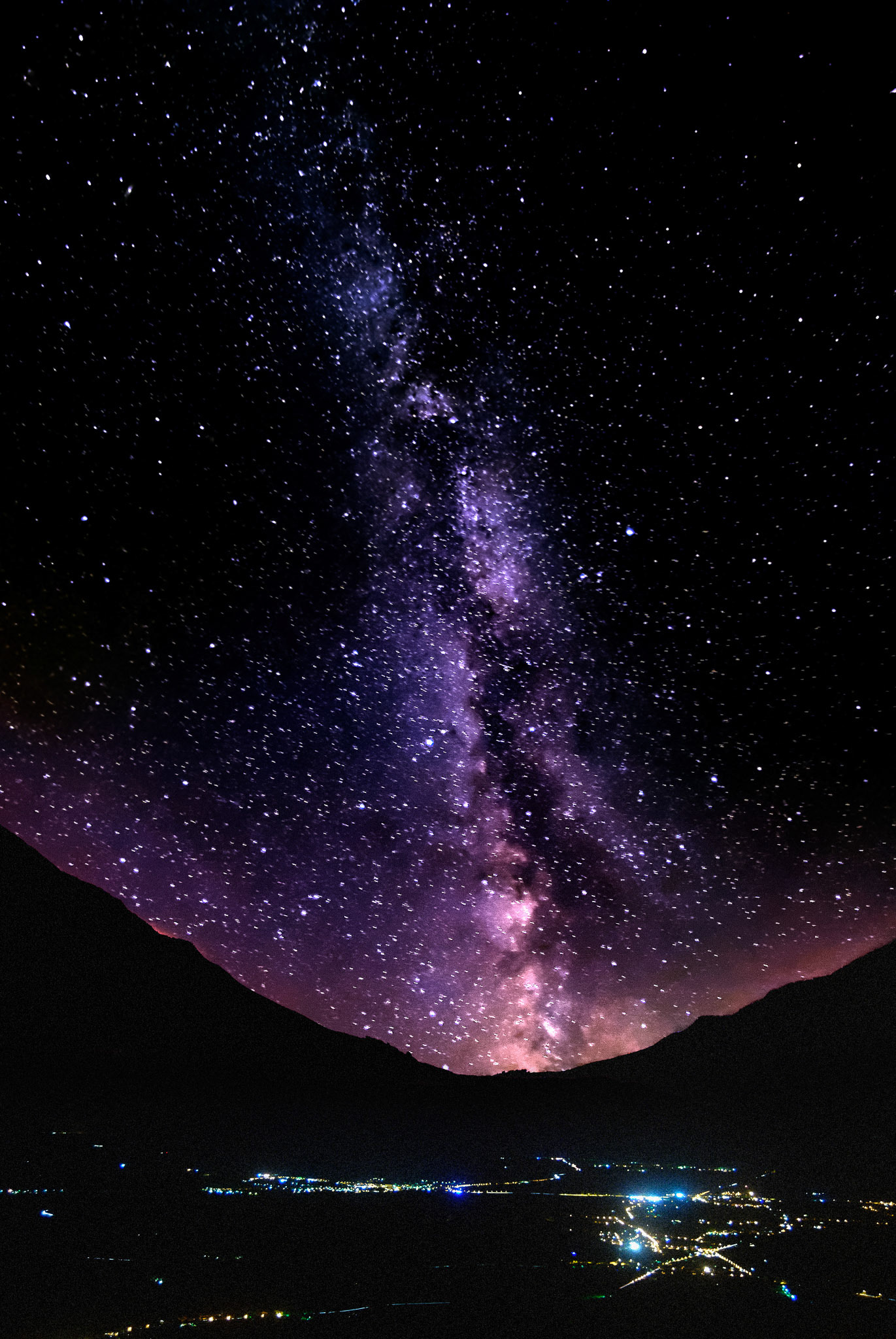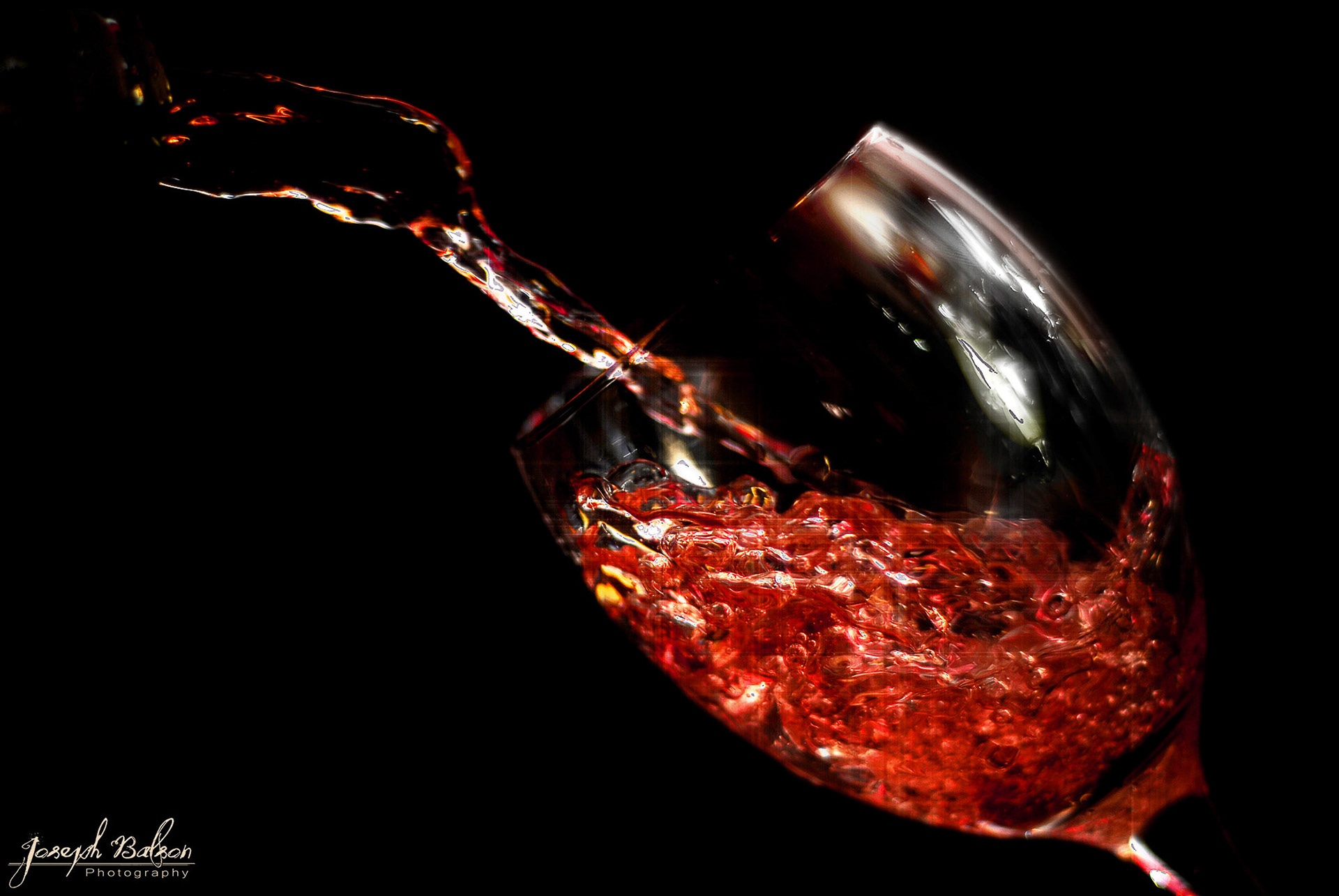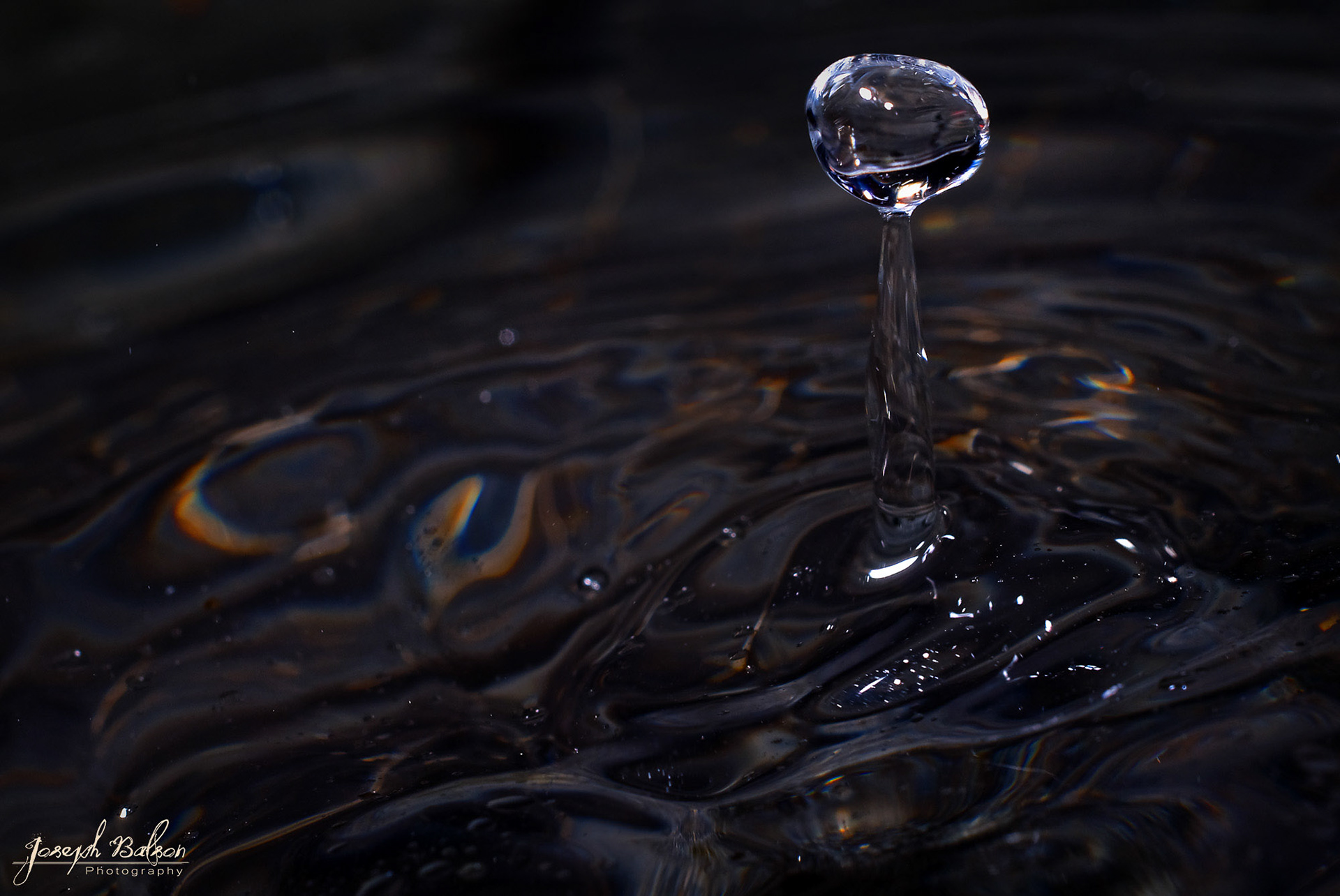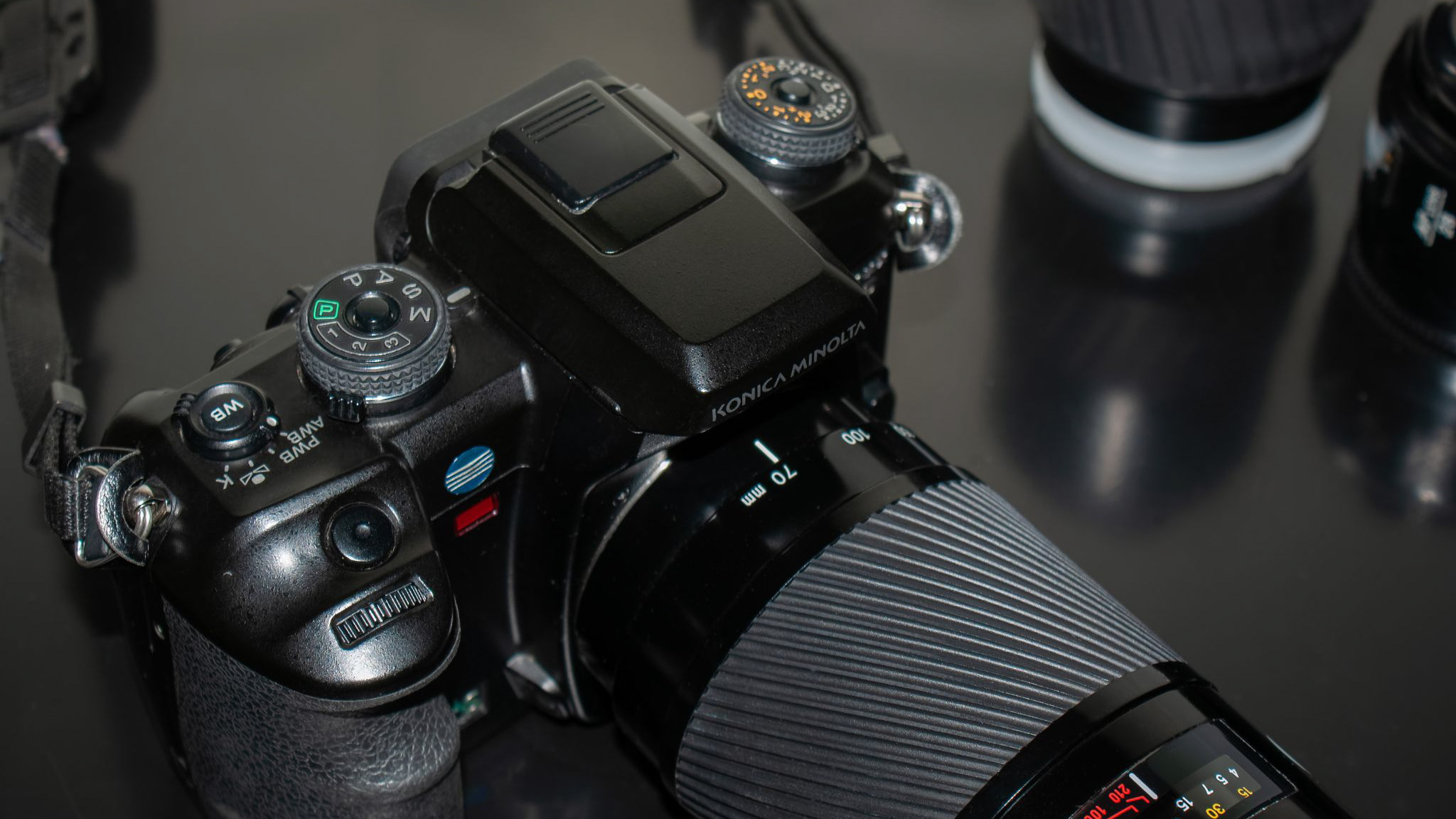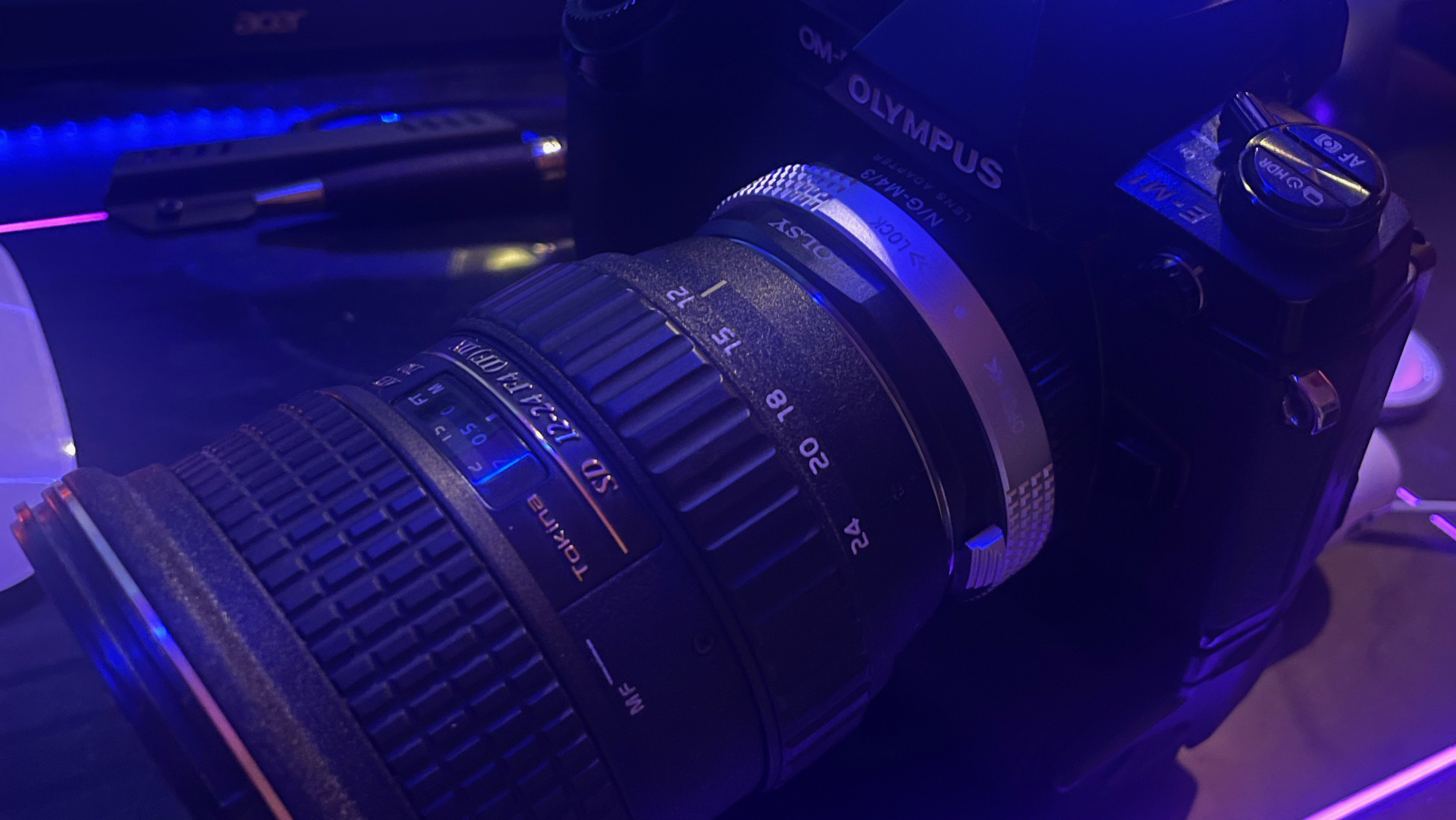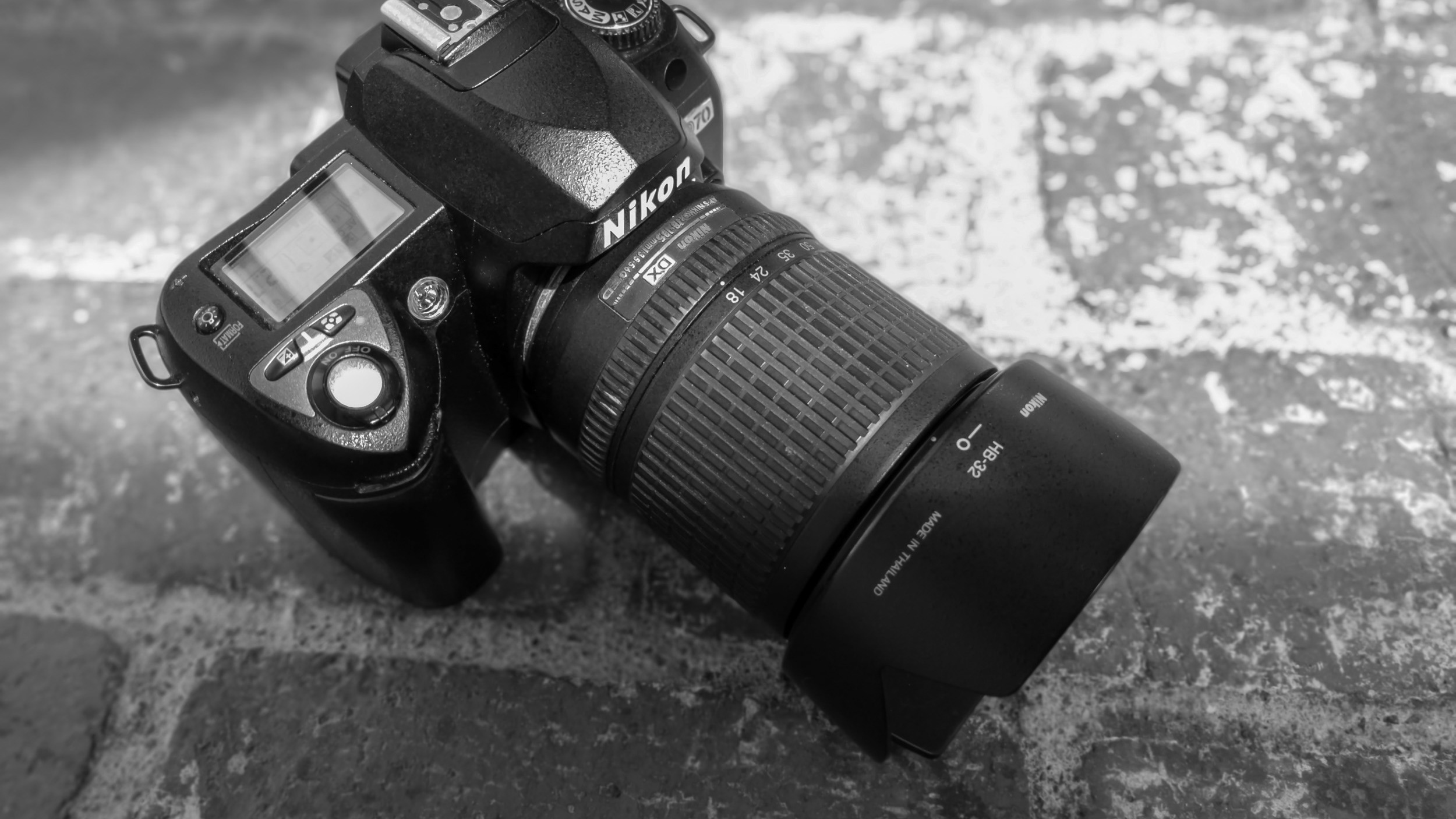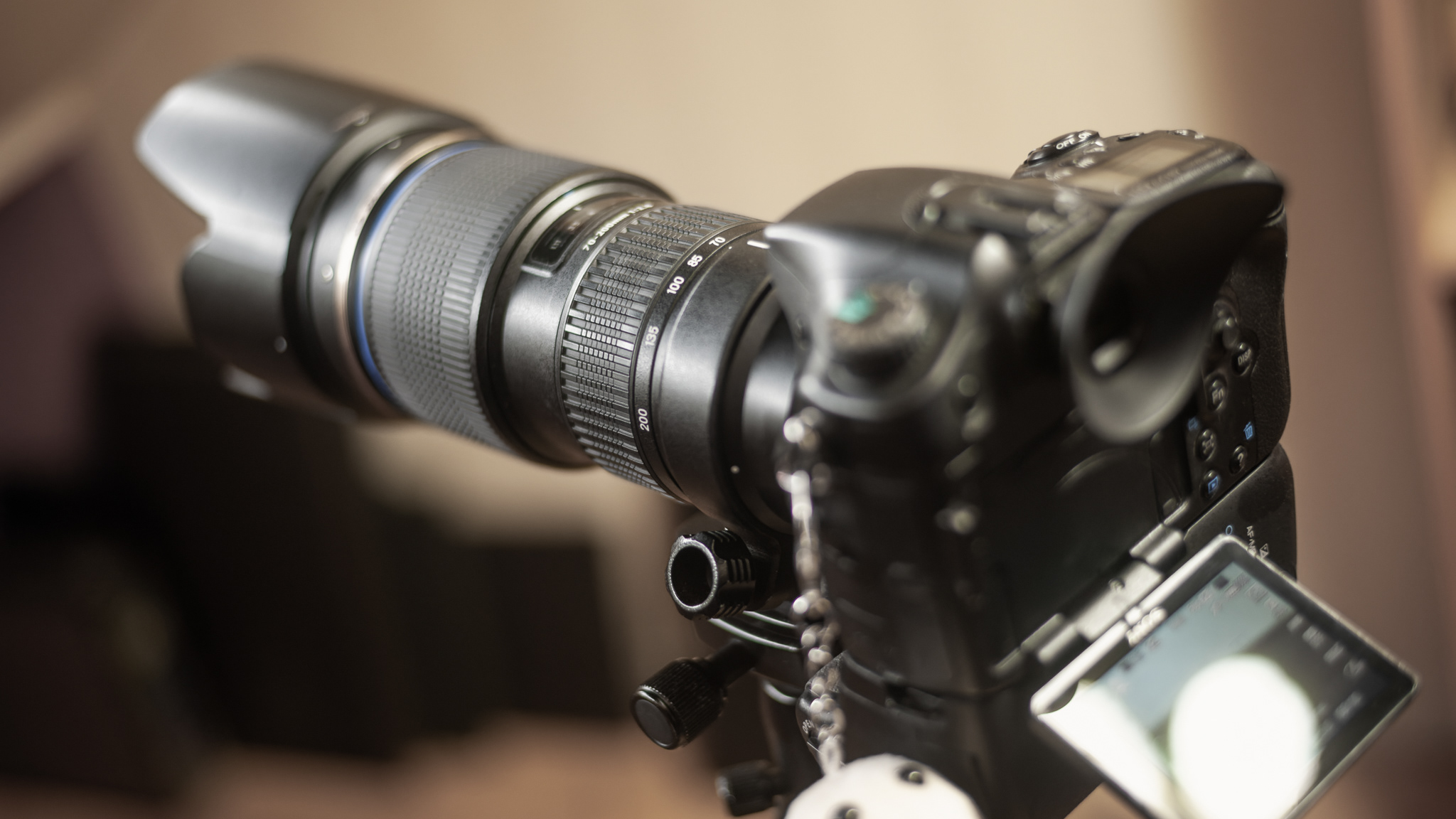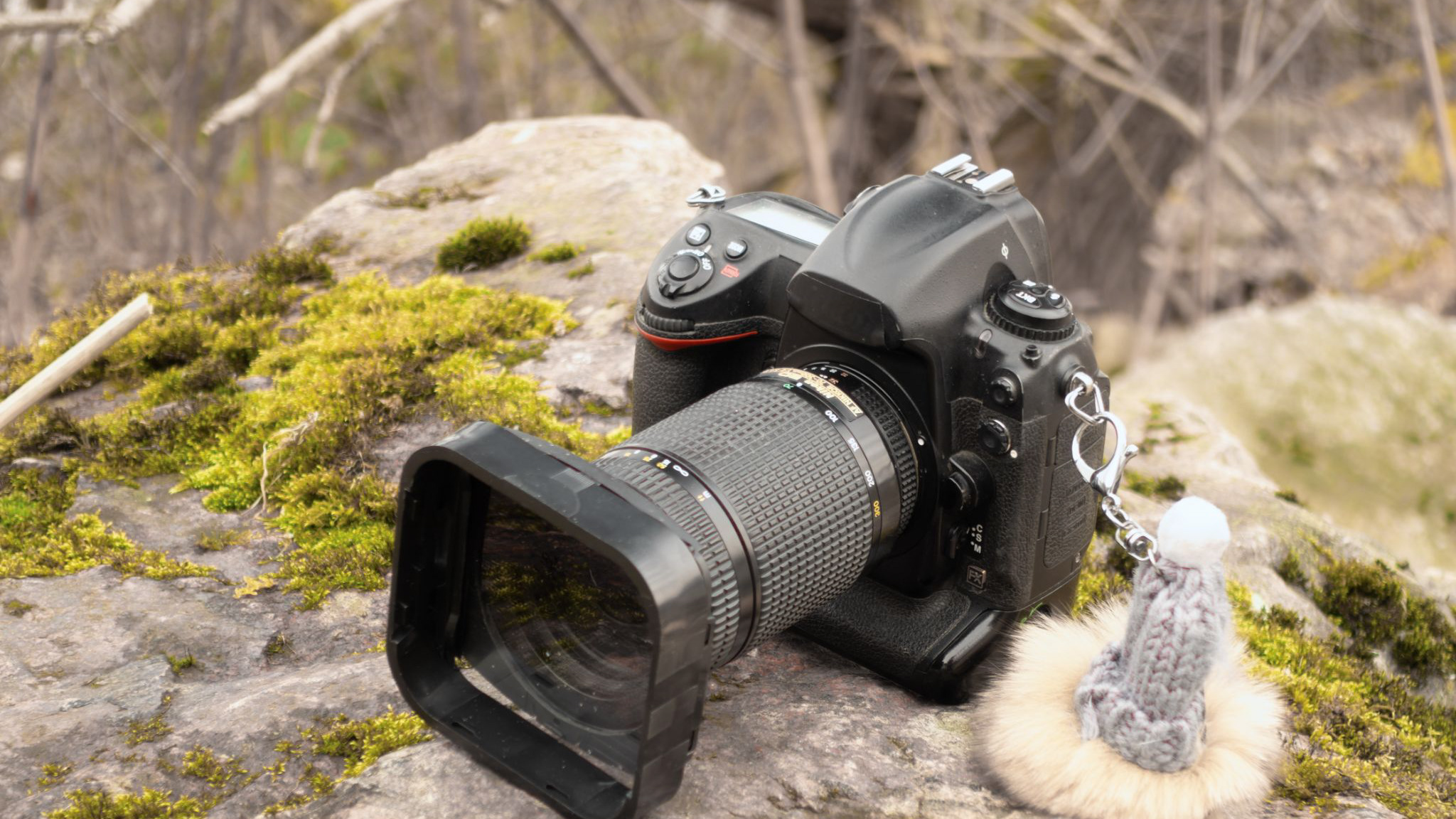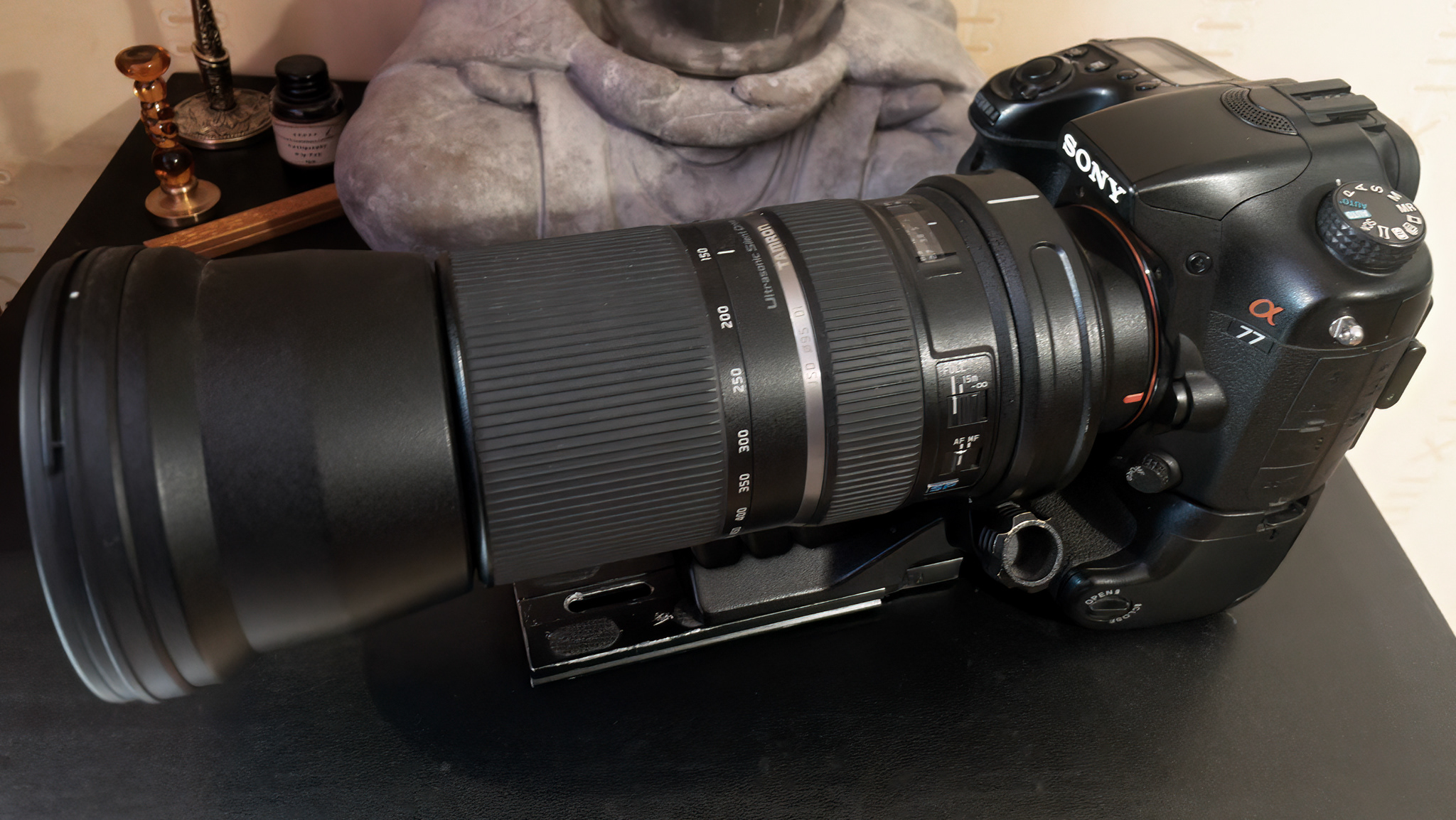Think of the price: I got a D200 with a super clean sensor and shutter count under 10K for $60 at the time of writing this. Much less than what I paid when it came out (just to resell it to get the D2Xs a few months later).
For 60 bucks, it IS a hell of a camera in 2019. Much better than any smartphone camera for sure. Actually, an entry level Nikon DSLRs like the D3500 still borrow the D200's AF engine.
The big obvious difference with modern cameras is resolution: 10MP vs 24MP for an entry level Nikon: that means you will not be much cropping. It also means you will have to ACTUALLY put some effort in framing...
Printing up to 11x14 is not an issue. Well, if you publish for the web only, you can actually crop a little bit or even a lot.
Recent cameras have obviously better dynamic range and ISO noise. I don't care. ISO noise nowadays is so easily fixed with DxO Prime and Topaz Denoise AI: not an issue anymore whatever the camera is. The maximum ISOs on the D200 is 1600 ( and 3200 Hi setting). The noise on this camera is very "film-like". It has a strange quality, reminding me of the high sensitivity Tmax film. I even shot the milky way at 3200isos with a D200. Not a problem.
Dynamic range? Most of the time, it only allows lazy photographers to shoot without paying attention to exposure, and fix it in post... The D200's DR was good in 2005 (actually even better than the D2X flagship of the time), it is still good enough today. If you want two more stops of DR, you'll have to spend a little more money than 60 bucks...
Anyway, even with an old dynamic range, the D200 can shoot HDR like/ish landscapes.
The D200 has environmental sealing (or at least used to... not sure if it is still reliable 14 years later), rugged body, lots of controls, the maximum shutter Speed is 1\/8000s, there is a top LCD, it communicates perfectly with any modern flash (unlike the D3400 as an exemple, that can't talk to my SB700), it has a nice bright pentaprism viewfinder and an AF motor to control screwdriver lenses.
The battery life is good: I can shoot more than 2000 photos with a brand new aftermarket battery. The frame rate is 5fps, nothing to be ashamed of.
I just loved that camera, and I still do. It feels great in my hands, handles great, can take a beating without it being an issue since I can find a new one for dirt cheap. It's a perfect snapshot camera with the Nikkor 18-135, as long as you don't plan HUGE prints, insane crops, or very low light action photography. Is it perfect? far from it, but for the price you can buy it now? It's really hard to beat.
Oh, I almost forgot it: I didn't talk about the CCD sensor color rendition...Even if I shoot a lot of black and white, the CCD color rendition legend is definitely a fact. Simply shoot the same scene with the D200 and any other CMOS camera, with the exact same settings and same lens in raw: you'll notice a very obvious difference in the unedited raw in you image processor. I personally like it a lot. Some don't. Matter of taste. Some say it's in my head...
Seriously, if you want a good rugged camera with a lot of controls, and have very little money to spend? Just get a D200.
